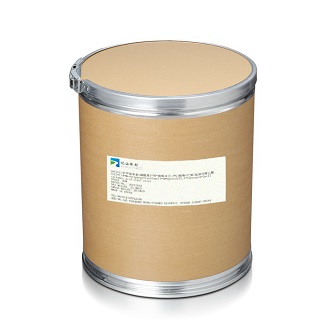In this method, iso-Butyltrimethoxisilane is added to a solution of LiOH*H2O and water in isopropanol. The mixture was heated at a temperature of about 70°C for 16 hours. After cooling, TiCl4 in toluene is added. A layer of organic material is separated from the organic phase. The organic layer is washed with water and reacted with isopropanol. In this method, the counterions are preferably selected from alkoxides, halides, and oxides.
Synthesis
In recent years, iso-Butyl trimethoxysilane has been used in the production of many large-scale chemicals, non-metallic mineral products, and adhesives. This product has an extensive list of uses and is a valuable research chemical. As a result, its demand is expected to continue to increase in the near future. In fact, the World Health Organization has declared the current outbreak of Coronavirus disease (COVID-19) a public health emergency. The outbreak has affected the manufacturing industry worldwide, including building materials and other consumer goods. The product is used to prevent water from penetrating cementitious material.
Applications
Iso-Butyltrimethoxy-silane is a fluoroalkyl diterpene. Its structure is similar to other trialkoxysilanes. The primary difference between the two is the fluoroalkyl side chains. This property makes iso-Butyltrimethoxysilane particularly suited for applications in water treatment.
Synthesis of titanasilsesquioxane from iso-butyltrimethoxysilane and g-MPS
The chiral silicate polymer, Titanasil, has been reported in a recent study to be capable of discriminating between enantiomers of several molecules. Its chemical behaviour is affected by four main factors: the structure of the chiral silicate, the flexibility of the sol-gel cages, the presence of co-dopants and the nature of the entrapped species.
Hydrolysis
One way of studying the hydrolysis of iso-Butyltrimethylsilane is to study its surface tension. A surface tension study was conducted with a test substance at a concentration of 1 g/l in water at 20degC over 43 hours. Results from this study show that the silanol hydrolysis products are highly soluble. The resulting aqueous solution shows a characteristic spectrum.
Condensation
This study describes the hydrolytic condensation of isobutyl trimethoxysilane. The precursors used were heptaisobutylallyl-T8-silsesquioxane (IB7A1), octadimethylsiloxy-Q8-silsesquioxanol, and dry THF. The raw materials were mixed and stirred at a rate of 50:70 molar. A silica gel column chromatography was used to separate unreacted raw materials and the catalyst.
Reaction conditions
The reaction is initiated by adding CAS:58479-61-1 and an alkoxy group, R3, and heating the mixture to a temperature of 50deg C to 130deg C. The reaction will proceed over a period of 10 minutes to five hours, depending on the type of diluent used. As an inert diluent, at least one C6-C10 alkane or arene, benzene, or derivatives thereof, is added.
